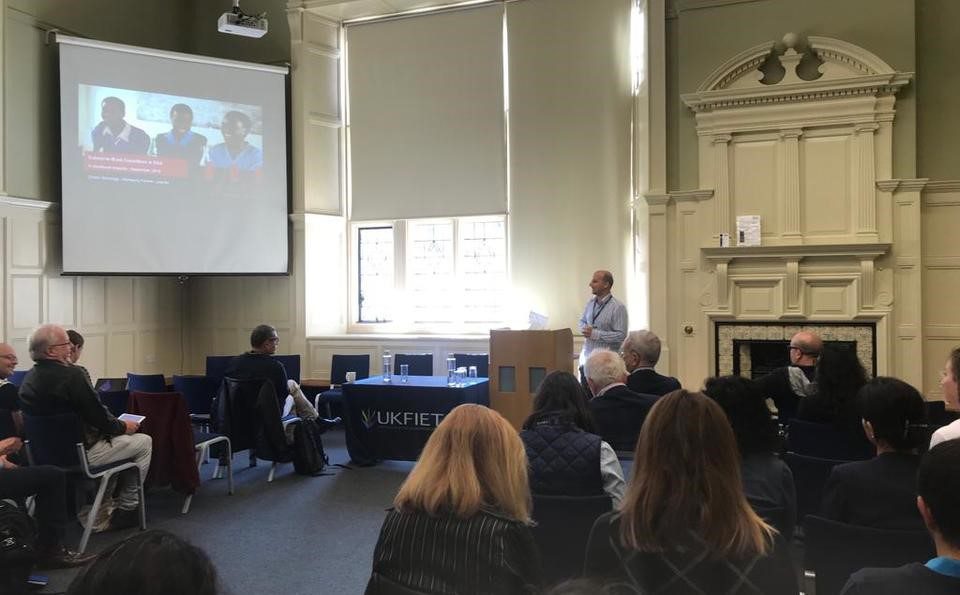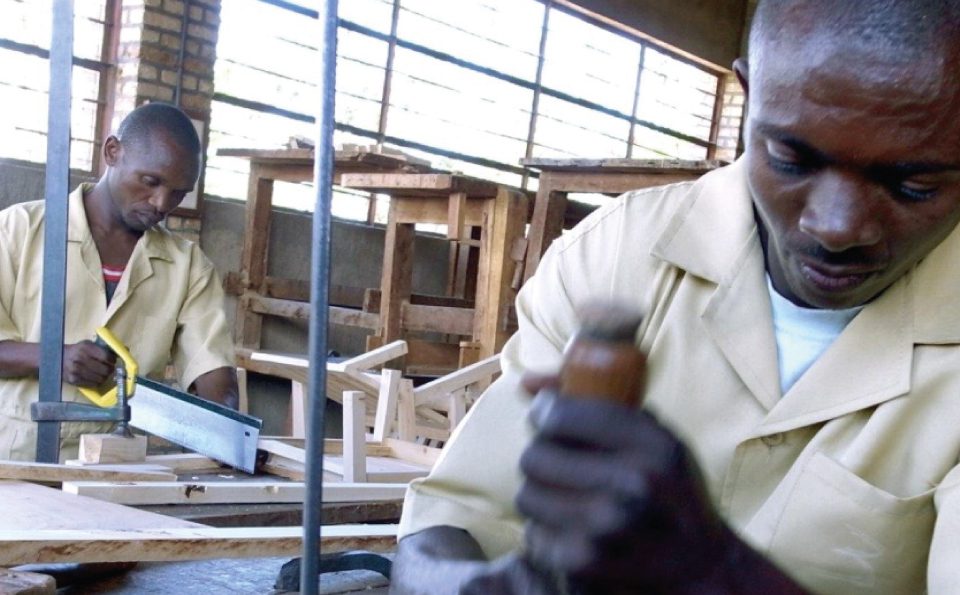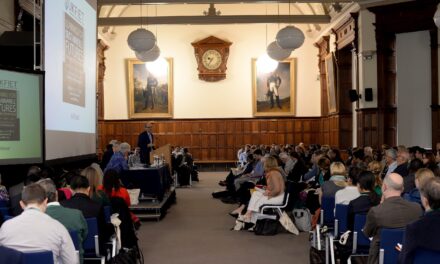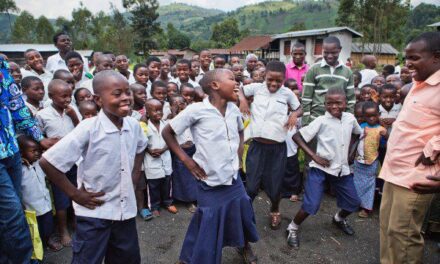This blog was written by Dimitri Stoelinga, Managing Partner at Laterite, to share his reflections on the September 2019 UKFIET conference on inclusive education systems. This blog was originally published on the Laterite website on 3 October 2019.
 Enrolment in secondary education is rising rapidly in sub-Saharan Africa, but it’s not yet living up to the promise of better livelihoods for young people.
Enrolment in secondary education is rising rapidly in sub-Saharan Africa, but it’s not yet living up to the promise of better livelihoods for young people.
I had the opportunity to present Laterite’s work for the Mastercard Foundation on school-to-work transitions at a symposium on the future of secondary education in sub-Saharan Africa at the UKFIET conference in September 2019.
Our study aimed to answer the question: How can secondary education support young people in sub-Saharan Africa to acquire the skills needed to find a job? While the discussion on school-to-work transitions often focuses on the skills needed to succeed in a job, our study focuses in particular on the narrower set of skills needed to find a job. We found that there are great opportunities for secondary education to help prepare young people for the transition to work, but it’s important that school-based programmes take account of the context and the realities of the job market. You can read our findings and recommendations in our policy brief.
I was also able to attend some great sessions that showed how innovation can make a difference on the ground. Highlights included presentations from the British Learning Foundations (BLF) team (the Education Development Trust, the British Council and VSO) and IDInsight.
The BLF team is working closely with the Ministry of Education in Rwanda and the Rwanda Education Board to improve teaching quality and foundational learning outcomes at the primary school level. The innovation BLF is introducing is to bring teacher training directly to the teachers every four to five weeks through an intensive field programme. The training model appears to be delivering promising outcomes. The discussion in this session focused on how to sustain this model moving forward.
IDInsight used machine learning techniques to predict the number of out-of-school girls in target villages using a combination of Indian census data and data routinely collected by Educate Girls – an NGO that works to re-enrol out-of-school girls. They also checked whether the algorithm preferentially targeted certain castes or religious groups to avoid potential unwanted biases. The predictions performed relatively well, and much better than random.
I really liked the simplicity and usefulness of this approach. Even small improvements in targeting can have a large aggregate impact, and the benefits are clear.
I look forward to the next opportunity to share our work and learn from our peers!





